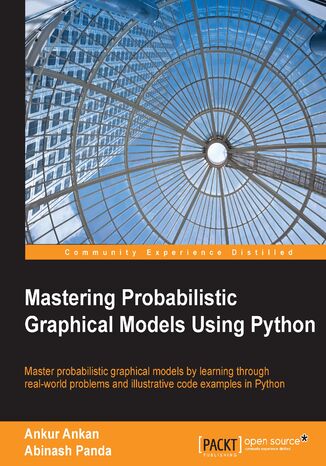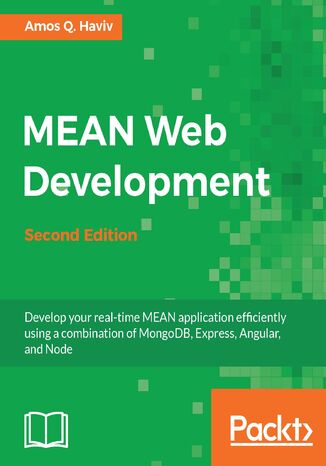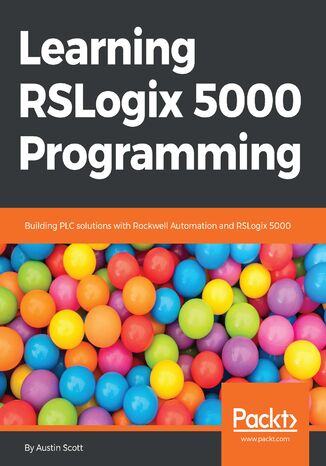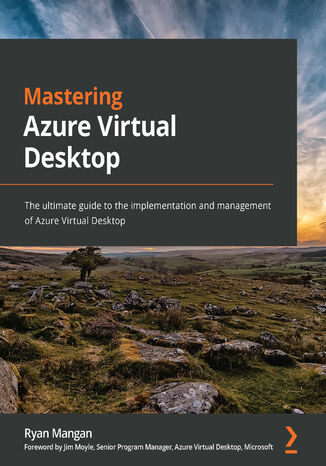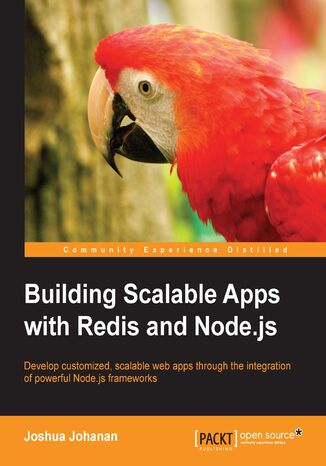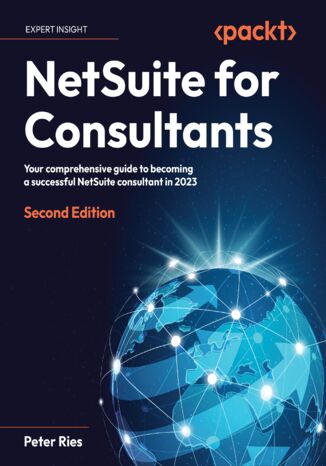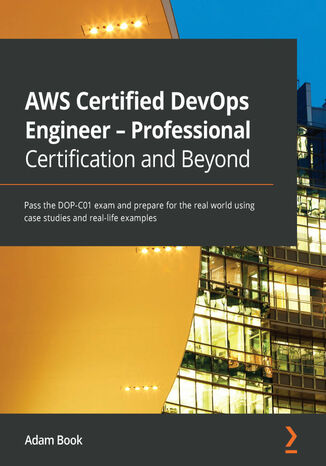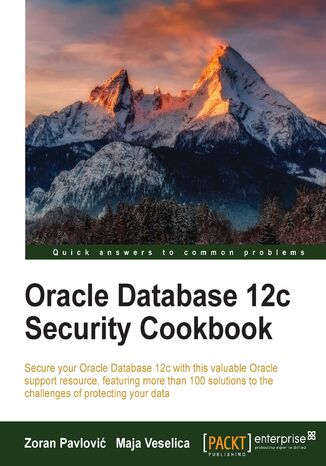Categories
-
- Bitcoin
- Businesswoman
- Coaching
- Controlling
- E-business
- Economy
- Finances
- Stocks and investments
- Personal competence
- Computer in the office
- Communication and negotiation
- Small company
- Marketing
- Motivation
- Multimedia trainings
- Real estate
- Persuasion and NLP
- Taxes
- Social policy
- Guides
- Presentations
- Leadership
- Public Relation
- Reports, analyses
- Secret
- Social Media
- Sales
- Start-up
- Your career
- Management
- Project management
- Human Resources
-
- Architektura i wnętrza
- Health and Safety
- Biznes i Ekonomia
- Home and garden
- E-business
- Ekonomia i finanse
- Esoterecism
- Finances
- Personal finance
- Business
- Photography
- Computer science
- HR & Payroll
- For women
- Computers, Excel
- Accounts
- Culture and literature
- Scientific and academic
- Environmental protection
- Opinion-forming
- Education
- Taxes
- Travelling
- Psychology
- Religion
- Agriculture
- Book and press market
- Transport and Spedition
- Healthand beauty
-
- Office applications
- Data bases
- Bioinformatics
- IT business
- CAD/CAM
- Digital Lifestyle
- DTP
- Electronics
- Digital photography
- Computer graphics
- Games
- Hacking
- Hardware
- IT w ekonomii
- Scientific software package
- School textbooks
- Computer basics
- Programming
- Mobile programming
- Internet servers
- Computer networks
- Start-up
- Operational systems
- Artificial intelligence
- Technology for children
- Webmastering
-
- Antology
- Ballade
- Biographies and autobiographies
- For adults
- Dramas
- Diaries, memoirs, letters
- Epic, epopee
- Essay
- Fantasy and science fiction
- Feuilletons
- Work of fiction
- Humour and satire
- Other
- Classical
- Crime fiction
- Non-fiction
- Fiction
- Mity i legendy
- Nobelists
- Novellas
- Moral
- Okultyzm i magia
- Short stories
- Memoirs
- Travelling
- Narrative poetry
- Poetry
- Politics
- Popular science
- Novel
- Historical novel
- Prose
- Adventure
- Journalism, publicism
- Reportage novels
- Romans i literatura obyczajowa
- Sensational
- Thriller, Horror
- Interviews and memoirs
-
- Archeology
- Bibliotekoznawstwo
- Cinema studies
- Philology
- Polish philology
- Philosophy
- Finanse i bankowość
- Geography
- Economy
- Trade. World economy
- History and archeology
- History of art and architecture
- Cultural studies
- Linguistics
- Literary studies
- Logistics
- Maths
- Medicine
- Humanities
- Pedagogy
- Educational aids
- Popular science
- Other
- Psychology
- Sociology
- Theatre studies
- Theology
- Economic theories and teachings
- Transport i spedycja
- Physical education
- Zarządzanie i marketing
-
- Health and Safety
- History
- Road Code. Driving license
- Law studies
- Healthcare
- General. Compendium of knowledge
- Academic textbooks
- Other
- Construction and local law
- Civil law
- Financial law
- Economic law
- Economic and trade law
- Criminal law
- Criminal law. Criminal offenses. Criminology
- International law
- International law
- Health care law
- Educational law
- Tax law
- Labor and social security law
- Public, constitutional and administrative law
- Family and Guardianship Code
- agricultural law
- Social law, labour law
- European Union law
- Industry
- Agricultural and environmental
- Dictionaries and encyclopedia
- Public procurement
- Management
-
- Africa
- Albums
- Southern America
- North and Central America
- Australia, New Zealand, Oceania
- Austria
- Asia
- Balkans
- Middle East
- Bulgary
- China
- Croatia
- The Czech Republic
- Denmark
- Egipt
- Estonia
- Europe
- France
- Mountains
- Greece
- Spain
- Holand
- Iceland
- Lithuania
- Latvia
- Mapy, Plany miast, Atlasy
- Mini travel guides
- Germany
- Norway
- Active travelling
- Poland
- Portugal
- Other
- Przewodniki po hotelach i restauracjach
- Russia
- Romania
- Slovakia
- Slovenia
- Switzerland
- Sweden
- World
- Turkey
- Ukraine
- Hungary
- Great Britain
- Italy
-
- Philosophy of life
- Kompetencje psychospołeczne
- Interpersonal communication
- Mindfulness
- General
- Persuasion and NLP
- Academic psychology
- Psychology of soul and mind
- Work psychology
- Relacje i związki
- Parenting and children psychology
- Problem solving
- Intellectual growth
- Secret
- Sexapeal
- Seduction
- Appearance and image
- Philosophy of life
-
- Bitcoin
- Businesswoman
- Coaching
- Controlling
- E-business
- Economy
- Finances
- Stocks and investments
- Personal competence
- Communication and negotiation
- Small company
- Marketing
- Motivation
- Real estate
- Persuasion and NLP
- Taxes
- Social policy
- Guides
- Presentations
- Leadership
- Public Relation
- Secret
- Social Media
- Sales
- Start-up
- Your career
- Management
- Project management
- Human Resources
-
- Antology
- Ballade
- Biographies and autobiographies
- For adults
- Dramas
- Diaries, memoirs, letters
- Epic, epopee
- Essay
- Fantasy and science fiction
- Feuilletons
- Work of fiction
- Humour and satire
- Other
- Classical
- Crime fiction
- Non-fiction
- Fiction
- Mity i legendy
- Nobelists
- Novellas
- Moral
- Okultyzm i magia
- Short stories
- Memoirs
- Travelling
- Poetry
- Politics
- Popular science
- Novel
- Historical novel
- Prose
- Adventure
- Journalism, publicism
- Reportage novels
- Romans i literatura obyczajowa
- Sensational
- Thriller, Horror
- Interviews and memoirs
-
- Philosophy of life
- Interpersonal communication
- Mindfulness
- General
- Persuasion and NLP
- Academic psychology
- Psychology of soul and mind
- Work psychology
- Relacje i związki
- Parenting and children psychology
- Problem solving
- Intellectual growth
- Secret
- Sexapeal
- Seduction
- Appearance and image
- Philosophy of life
The MEAN stack is a collection of the most popular modern tools for web development that helps you build fast, robust, and maintainable web applications.Starting with the MEAN core frameworks, this pragmatic guide will explain the key concepts of each framework, how to set them up properly, and how to use popular modules to connect it all together. By following the real-world examples shown in this tutorial, you will scaffold your MEAN application architecture, add an authentication layer, and develop an MVC structure to support your project development. You will learn the best practices of maintaining clear and simple code and will see how to avoid common pitfalls. Finally, you will walk through the different tools and frameworks that will help expedite your daily development cycles.Watch how your application development grows by learning from the only guide that is solely orientated towards building a full, end-to-end, real-time application using the MEAN stack!
Learning RSLogix 5000 Programming. Building PLC solutions with Rockwell Automation and RSLogix 5000
RSLogix 5000 and Studio 5000's Logix Designer are user-friendly interfaces used for programming the current generation of Rockwell Automation Controllers including ControlLogix, CompactLogix, and SoftLogix. When engineering automation solutions using Logix, it is important to study the changes to the platform introduced with Studio 5000 and the various controllers, modules, and form factors available today. RSLogix 5000 programming packages help you maximize performance, save project development time, and improve productivity.This book provides a detailed overview of the Logix platform including ControlLogix, CompactLogix, and SoftLogix and explains the significant changes introduced in Studio 5000. A clear understanding of the recent Logix platform changes is critical for anyone developing a Rockwell Automation solution. It provides an easy-to-follow, step-by-step approach to learning the essential Logix hardware and software components and provides beginners with a solid foundation in the Logix platform features and terminology. By the end of this book, you will have a clear understanding of the capabilities of the Logix platform and the ability to navigate the Rockwell Automation Literature Library Resources.
Azure Virtual Desktop is a cloud desktop virtualization platform that securely delivers virtual desktops and remote apps. Mastering Azure Virtual Desktop will guide you through designing, implementing, configuring, and maintaining an Azure Virtual Desktop environment effectively. This book can also be used as an exam preparation guide to help you sit the Microsoft AZ-140 exam.You’ll start with an introduction to the essentials of Azure Virtual Desktop. Next, you’ll get to grips with planning an Azure Virtual Desktop architecture before learning how to implement an Azure Virtual Desktop environment. Moving ahead, you’ll learn how to manage and control access as well as configure security controls on your Azure Virtual Desktop environment. As you progress, you’ll understand how to manage user environments and configure MSIX app attach and other Azure Virtual Desktop features to enhance the user experience. You’ll also learn about the Azure Active Directory (AD) join and getting started feature. Finally, you’ll discover how to monitor and maintain an Azure Virtual Desktop environment to help you support your users and diagnose issues when they occur.By the end of this Microsoft Azure book, you’ll have covered all the essential topics you need to know to design and manage Azure Virtual Desktop and prepare for the AZ-140 exam.
ERP and CRM consultants can effectively implement NetSuite for a client organization with the aid of NetSuite for Consultants, revised with the latest features and best practices for NetSuite 2023.After reading this book, you’ll have a thorough understanding of how to configure the NetSuite ecosystem for any business. You’ll learn how to apply new features such as the Manufacturing Mobile application, NetSuite budgeting features, and tools for handling rebates and trade promotions. This edition also includes expanded coverage of technical topics such as SuiteQL and the SuiteTalk REST API.Understanding what a business requires is a crucial first step toward completing any software product deployment, and this NetSuite guide will teach you how to ask meaningful questions that ascertain which features, basic and new, you will need to configure for your client.Most importantly, you’ll not only learn how to perform a NetSuite implementation; you'll also learn how to prepare clients to use the software confidently, which is the true test of a great consultant.
The AWS Certified DevOps Engineer certification is one of the highest AWS credentials, vastly recognized in cloud computing or software development industries. This book is an extensive guide to helping you strengthen your DevOps skills as you work with your AWS workloads on a day-to-day basis.You'll begin by learning how to create and deploy a workload using the AWS code suite of tools, and then move on to adding monitoring and fault tolerance to your workload. You'll explore enterprise scenarios that'll help you to understand various AWS tools and services. This book is packed with detailed explanations of essential concepts to help you get to grips with the domains needed to pass the DevOps professional exam. As you advance, you'll delve into AWS with the help of hands-on examples and practice questions to gain a holistic understanding of the services covered in the AWS DevOps professional exam. Throughout the book, you'll find real-world scenarios that you can easily incorporate in your daily activities when working with AWS, making you a valuable asset for any organization.By the end of this AWS certification book, you'll have gained the knowledge needed to pass the AWS Certified DevOps Engineer exam, and be able to implement different techniques for delivering each service in real-world scenarios.
Businesses around the world are paying much greater attention toward database security than they ever have before. Not only does the current regulatory environment require tight security, particularly when dealing with sensitive and personal data, data is also arguably a company’s most valuable asset - why wouldn’t you want to protect it in a secure and reliable database? Oracle Database lets you do exactly that. It’s why it is one of the world’s leading databases – with a rich portfolio of features to protect data from contemporary vulnerabilities, it’s the go-to database for many organizations. Oracle Database 12c Security Cookbook helps DBAs, developers, and architects to better understand database security challenges. Let it guide you through the process of implementing appropriate security mechanisms, helping you to ensure you are taking proactive steps to keep your data safe. Featuring solutions for common security problems in the new Oracle Database 12c, with this book you can be confident about securing your database from a range of different threats and problems.

